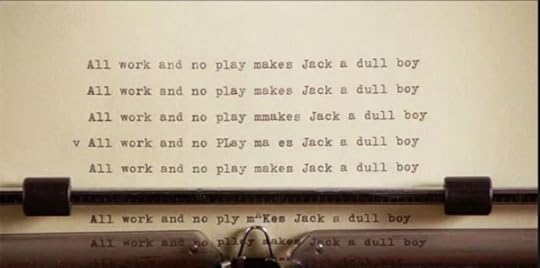What do you think?
Rate this book


195 pages, Hardcover
First published January 1, 1984

"Writing an autobiography, usually thought of as a looking back, can just as well be a looking across or through, with the passing of time giving an X-ray quality to the eye. Also, time past is not time gone, it is time accumulated, with the host resembling the character in the fairytale who was joined along the route by more and more characters, none of whom could be separated from one another or from the host, with some stuck so fast that their presence caused physical pain."One element of this story that was horrific to me was that of female hygiene, something that continues from the previous volume. In her teenage years, she was forced to use cloth, which would leak and bulge and smell. In her college and early adult years, she would take walks and dispose of her sanitary napkins in cemeteries, along slummy roads, or in the woods. And so did other girls. Why their mothers and other older women in their lives didn't normalize this for them is a huge mystery to me - so much monthly shame in an experience half the population would have been having! She also lived in incredible poverty during college and early teaching years, almost as if she didn't know it wasn't acceptable.
"Isabel, she said, was making a guy of herself both by her behavior and by the clothes she wore, in particular a skirt printed with a giraffe."It turns out that "making a guy" of oneself includes standing out, both in speech and dress. And adding that applique giraffe to her skirt had put Isabel past the boundary of appropriate feminine behavior. Ha.
"The six weeks I spent at Seacliff hospital in a world I'd never known among people whose existences I never thought possible, became for me a concentrated course in the horrors of insanity and the dwelling-place of those judged insane, separating me for ever from the former acceptable realities and assurances of everyday life."At one point she explains that Faces in the Water is entirely based on her actual experiences, but that she downplayed some of it to make it seem more realistic. Phew. At one point she is diagnosed with schizophrenia, which is almost a comfort to her - she has a name for it, she is in a group with other people, often creative, although she has to declare it along with job applications and every time she receives health care. Only the acclaimed publication of a book of her stories (The Lagoon: A Collection of Short Stories) saves her from a scheduled leucotomy (aka lobotomy). Mental note, boys and girls: evidence of creative output can save you from having a piece of your brain destroyed!
"It was now my writing that at last came to my rescue. It is little wonder that I value writing as a way of life when it actually saved my life."When Janet's sister dies, another sister to die while swimming because of a bad heart, she stays away from the funeral.
"I was in hiding. I was grieving. I didn't want anyone to 'see,' for since I had been in hospital, I had found that people didn't only 'see,' they searched carefully."In fact any time there was a setback, problem, death, Janet is sheltered and protected in deference to (or fear of) her mental illness.
then gradually the excitement gave way to anxiety. So this was how it was, face to face with the Future—being alone, having no one to talk to, being afraid of the city and Training College and teaching, and having to pretend that I was not alone, that I had many people to talk to, that I felt at home in Dunedin, and that teaching was what I had longed to do all my life.
I was dazzled by the new language and its powerful vocabulary. I could now say to members of my family, ‘That’s rationalisation, that’s sublimation, you’re really frustrated sexually, your super-ego tells you that but your id disagrees.’
Mother blushed when I said the word ‘sexually.’ Dad frowned, and said nothing except, ‘So that’s what you learn at University and Training College.’
I explained to my sisters the significance of their dreams, how ‘everything was phallic.’ I also talked with exaggerated wisdom of T. S. Eliot and The Golden Bough and ‘The Waste Land.’ ‘I love teaching,’ I said